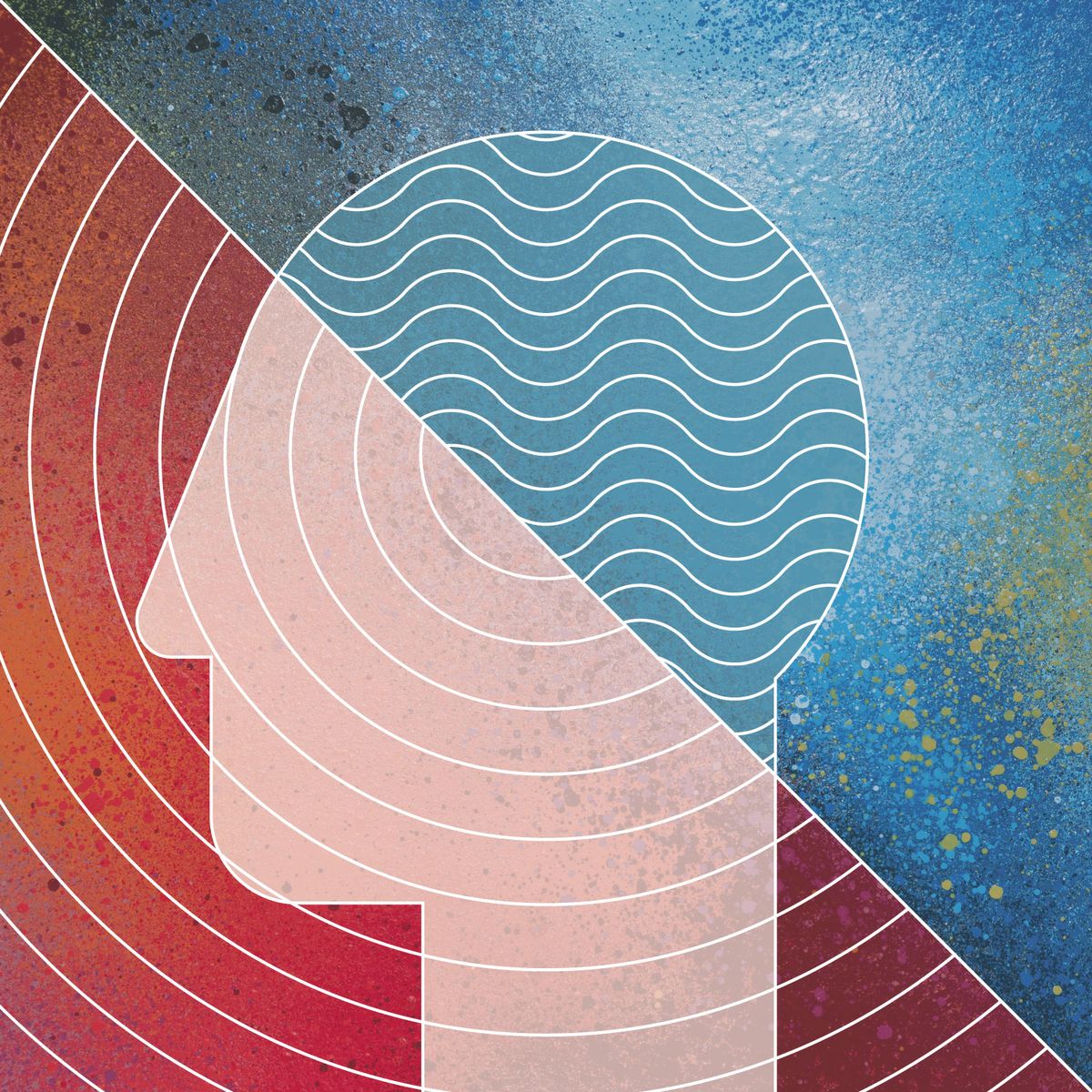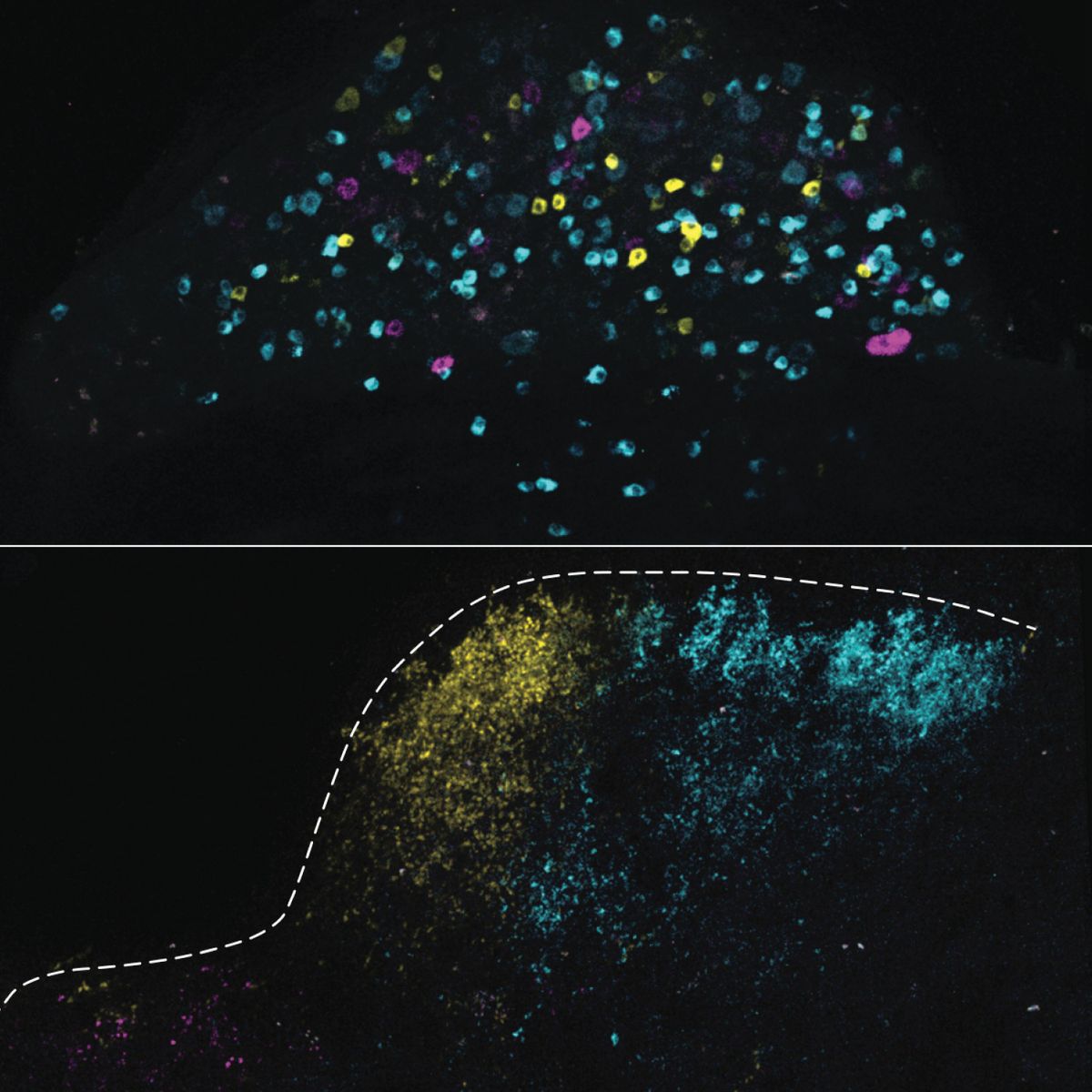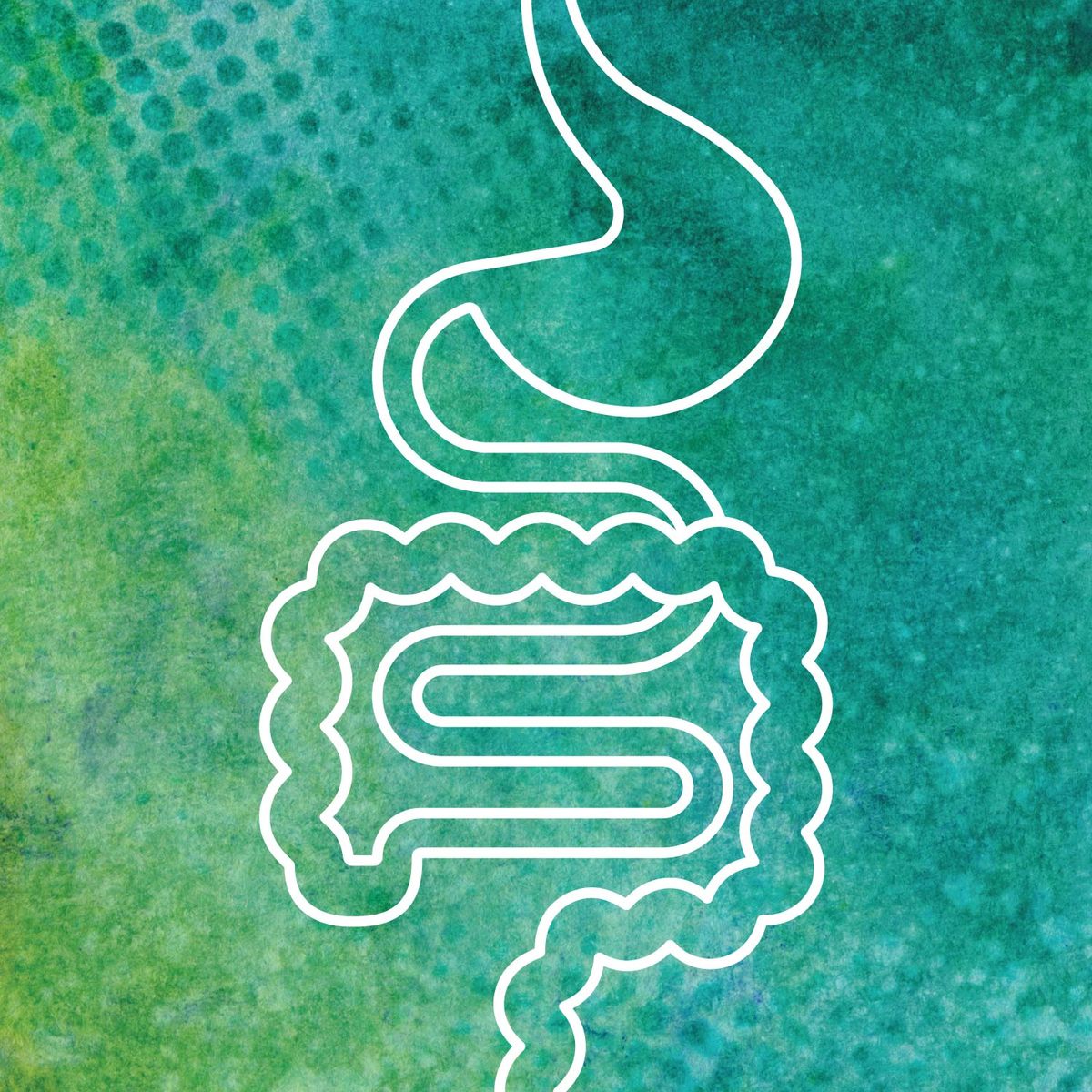Selected Research Results
Research spotlights of selected studies are shown below. For a full list of published NCCIH Research to-date, see PubMed.
Spotlights for 2023
Adding Mindfulness-Oriented Recovery Enhancement (MORE) to Methadone Treatment Provides Therapeutic Benefits for People With Opioid Use Disorder and Chronic Pain
According to a recent study, adding a remote group therapy mindfulness program to standard methadone treatment leads to therapeutic benefits in people with opioid use disorder and chronic pain. The study, conducted by researchers at the Robert Wood Johnson Medical School, Rutgers School of Public Health, and University of Utah, was funded by the National Center for Complementary and Integrative Health (NCCIH) and published in the journal JAMA Psychiatry.
December 2023
New Machine Learning Strategy for Optimizing Interventions in Causal Model Design
Researchers developed a new active learning—or machine learning—strategy that outperformed existing approaches for identifying optimal interventions when designing causal models. The new approach, which was developed by researchers from Massachusetts Institute of Technology and Harvard University, was recently described in a paper in Nature Machine Intelligence. The research was partially funded by the National Center for Complementary and Integrative Health.
October 2023
The Mechanoreceptive Ion Channel PIEZO2 Plays a Critical Role in Sexual Function
Uncovering the biomechanical processes underlying human touch and sensation is critical to understanding this essential human function and key to discovering potential new approaches to treating pain, a key National Center for Complementary and Integrative Health (NCCIH) priority. NCCIH’s research is contributing to a growing understanding of the mechanoreceptive ion channel PIEZO2 and its essential role in discriminative touch in both mice and humans, in different parts of the body.
August 2023
PIEZO2 Ion Channel Plays a Key Role in Gastrointestinal Motility and Bowel Sensation
New research has identified mechanisms involved in sensing the presence of food in the gastrointestinal (GI) tract and controlling the transit of GI contents. The findings demonstrate a key role for the protein PIEZO2 in controlling GI motility, a process critical for proper digestion, nutrient absorption, and waste removal. This research, conducted jointly by the National Center for Complementary and Integrative Health, the National Institute of Neurological Disorders and Stroke, the Scripps Research Institute, and other collaborating institutions, was published in a recent issue of the journal Cell.
August 2023
U.S. National Survey Data Show High Rates of New Cases and Persistence of Chronic Pain
New cases of chronic pain occur more often among U.S. adults than new cases of several other common conditions, including diabetes, depression, and high blood pressure. Among people who have chronic pain, almost two-thirds will still have it the following year. These findings come from a new analysis of National Health Interview Survey (NHIS) data by investigators from the National Center for Complementary and Integrative Health, Seattle Children’s Research Institute, and University of Washington, published in JAMA Network Open.
May 2023
The Prevalence of Pain Among Sexual Minority Adults Is Higher Than Among Straight Adults, National Survey Data Show
Pain prevalence is significantly higher among sexual minority adults than straight adults, with the highest levels among those who identify as bisexual or “something else,” followed by those who identify as gay or lesbian, according to a new analysis of 2013–2018 data from the National Health Interview Survey (NHIS). This analysis, published in the journal Pain, was conducted by researchers from the University of Western Ontario; University at Buffalo, State University of New York; Michigan State University; Ohio State University; and National Center for Complementary and Integrative Health.
March 2023
When Taken Orally, Δ9-Tetrahydrocannabinol With Cannabidiol Can Result in Stronger Drug Effects Than Δ9-Tetrahydrocannabinol Alone
New research contradicts prior claims and clarifies the interactions between the two main cannabinoids—Δ9-tetrahydrocannabinol (Δ9-THC) and cannabidiol (CBD)—when they are ingested orally as part of an edible cannabis product. The study’s findings suggest that CBD can inhibit the metabolism of Δ9-THC when the two are consumed together, leading to increased effects than when the same dose of Δ9-THC is consumed without CBD. The study, recently published in the journal JAMA Network Open, was led by researchers at Johns Hopkins University School of Medicine and partially funded by the National Center for Complementary and Integrative Health.
February 2023






